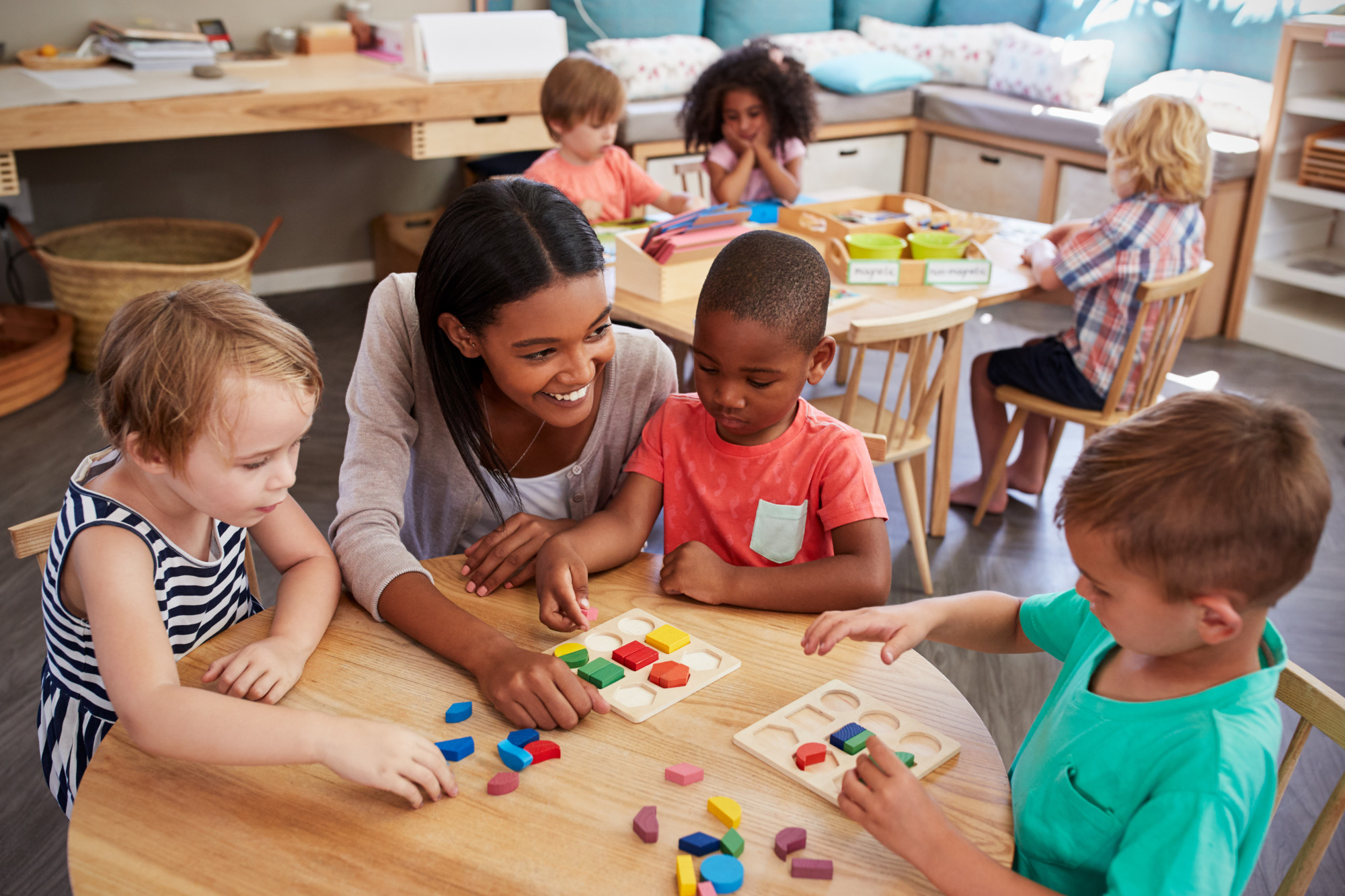
There are over 49 million children in public schools and over 4 million in private schools. As the population grows, that number will continue to rise. Is your child getting ready to join all of those other students?
Choosing a perfect school for childhood education (from pre-k through the end of high school) isn’t easy. There are pros and cons to every school, so how can you make the right decision for your child?
We’re here to help. Read on to learn all about how to find the right school for your young learner.
For Early Childhood Education: Enrichment Opportunities
If you’re looking specifically for early childhood education programs, you need to consider the following factors, but you also need to consider something extra: enrichment (or education) opportunities.
Early childhood education centers are often glorified daycares. You want to make sure that you find one that has a legitimate curriculum and qualified teachers to guide your child.
There should be opportunities for your child to learn social skills, basic life skills, and early academic skills.
Types of Schools
When you’re choosing a school for your child, you need to decide what type of school your child will attend. There’s no one right answer. Many people think that the best schools for children are exclusively private schools, but this isn’t always the case.
Here’s a brief rundown.
Public Schools
Once your child is in kindergarten, they’ll have access to public schools. Public school is the “default option” and it’s where your child can go to learn for free.
There are good public schools and bad public schools. Public schools run on government money and donations, so the quality of the school will depend on the area.
Always look at local ratings and reviews for public schools before you commit to one. Keep in mind that you may have to move to a different school district in order to find a “good” public school for your child.
Private Schools
Private schools are privately-funded. Parents have to pay for their children to attend these schools unless they receive scholarships. For parents with extra money to spare, a private school can be a great option.
Private schools tend to have smaller class sizes, meaning that children are able to get more one-on-one attention and teachers experience less burnout.
Private schools can be either religious or secular. Some of them divide children by gender. Some private schools are even boarding schools.
Montessori schools have been popular over the past few years. They’re private schools for young children that are often more accessible than conventional private schools. Check out the Montessori contribution to education for more information.
Charter Schools
Charter schools are technically still public schools, but they tend to use different teaching methods and may teach outside of a traditional K-12 curriculum.
They often have smaller class sizes than public schools and they’re still free. That said, space is limited, and most children won’t be able to attend. Look into local charter school lotteries if you want a chance for a spot.
Consider Your Budget
Whether your child is starting pre-school or they’re already in K-12, your budget is going to be a large factor. Parents who choose public schools often do so because they don’t have the funds for a private school (and that’s okay).
Remember that you’ll one day be paying for your child’s college. If that means that you have to choose public school now, you’re still doing something good for their future.
If you’re committed to private education bu you don’t have the funds for it, look for scholarship opportunities.
Check Out Class Sizes
Class sizes are crucial when it comes to the quality of your child’s education.
When teachers have to manage large classes, they don’t get the opportunity to help children one-on-one. They have to teach to a broad audience.
These teachers also have less time to grade papers and give feedback. They may also experience more burnout which could impact their ability to teach.
Many schools have large class sizes in 2022 but look for classes that are no larger than 25 students per teacher. Less than 20 students per teacher is preferable.
Look Into Non-Academic Class Options
More and more schools are cutting out non-traditional classes, even ones that have been in standard curriculums for decades. You’d be hard-pressed to find a school with home economics in 2022.
This should be a consideration for you. If you consider it important for your child to learn life skills and have creative outlets, you need to choose a school that hasn’t defunded “extra” classes.
Consider Extra-Curricular Activities
The “extras” shouldn’t stop at the end of the school day. What types of extra-curricular activities does the school offer?
Are there adequate clubs available for your child to participate in after school? Not only will this offer great enrichment, but it’s also great for parents who are unable to pick their children up immediately after school.
If your child is athletic, are there sports teams available? Is there tutoring?
These are all things that many parents don’t consider before they try to choose the best school.
Extra Considerations for Children With Special Needs
If you have a child with special needs, you need to pay even closer attention to the school that you choose for them.
For children who need a lot of extra care, it’s a good idea to either choose a special school for them or a school with a large special needs program. They’ll be able to prepare your child for adulthood.
If your child has mild special needs, talk to each school about what they can offer. Some will have special helpers for children with special needs who will follow them to all of their classes. Others have separate classes for children who need extra support.
Choose the Best School for Your Child
Childhood education is no joke. The decisions that you make for your child’s early childhood education and K-12 education may impact them for the rest of their life. Take this decision seriously and use this guide to help.
For more helpful articles about the top trending topics, visit the rest of our site.



